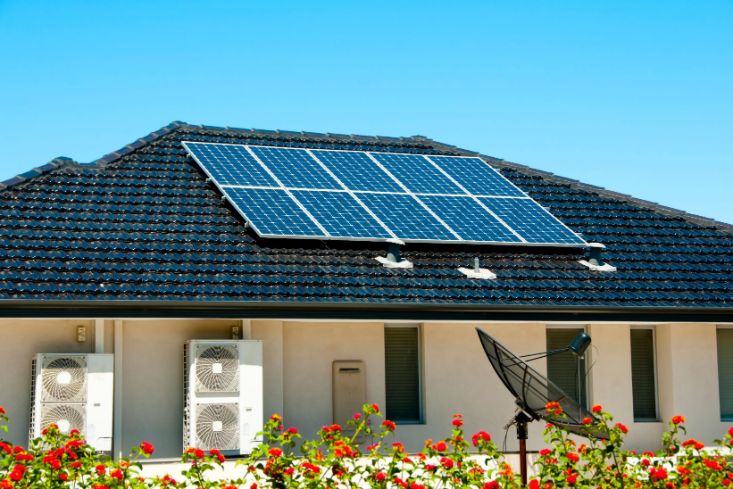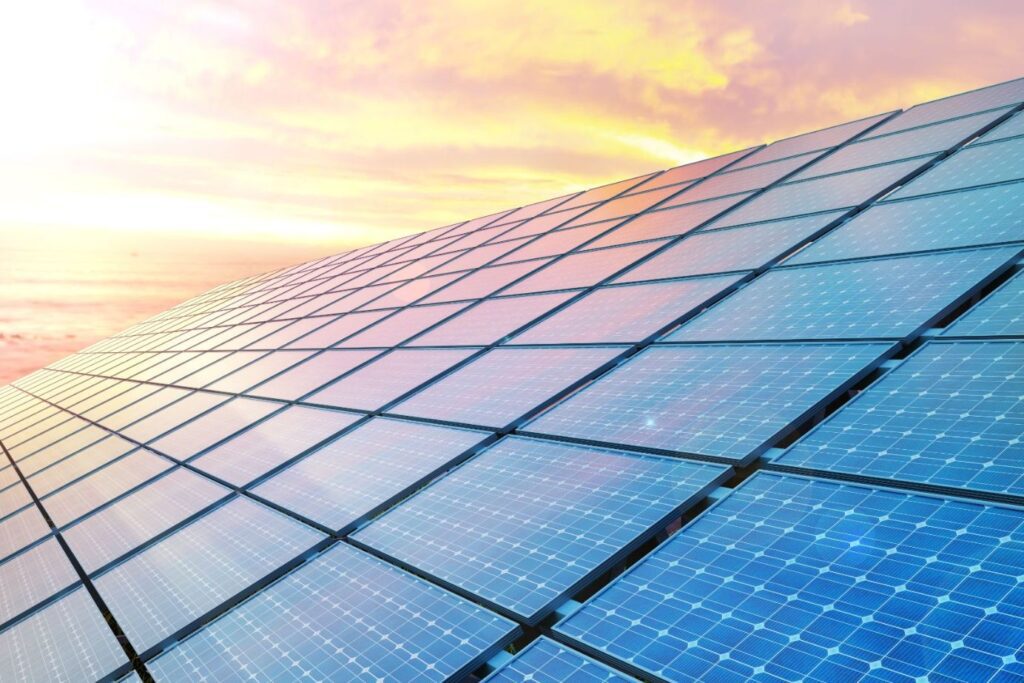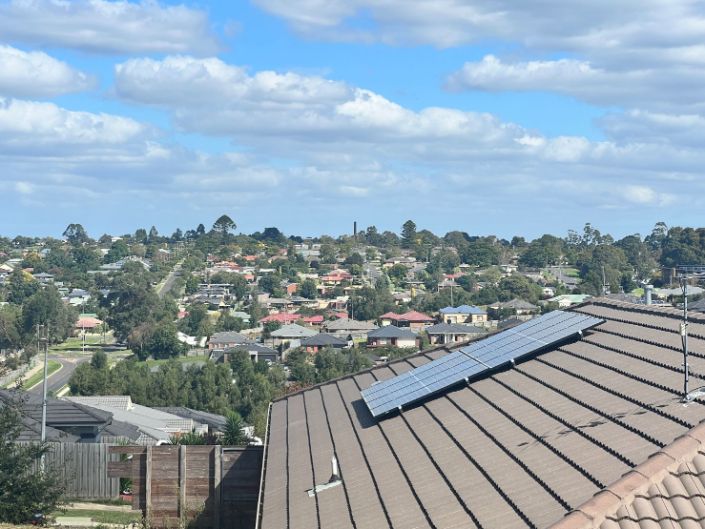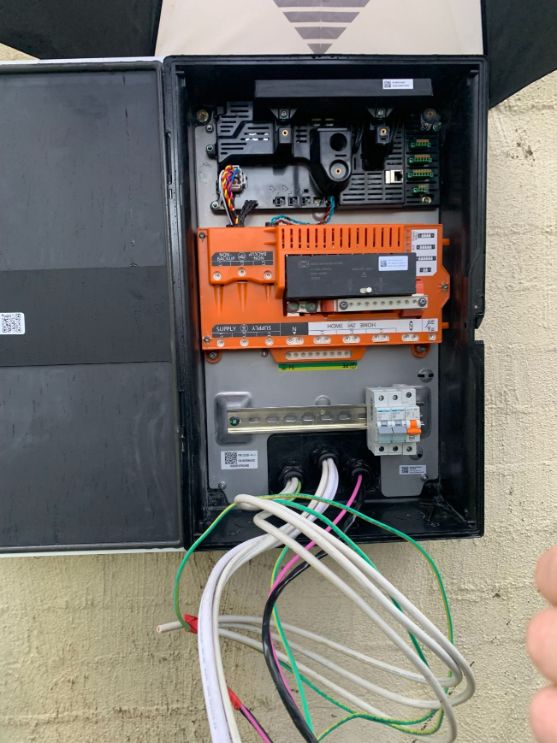A solar-assisted heat pump is a system that combines the use of thermal solar panels and heat pumps to produce heat. These systems are basically designed to heat water or spaces in a home.
Also called SAHPs, solar heat pumps have been around since the 1970s but have been gaining attention from solar installers recently because of their efficiency.

In this post, we’ll talk more about how solar heat pumps work, what their benefits are, and how many solar panels you need to run them.
How Do Solar Heat Pumps Work?

Solar heat pumps work by combining a solar collector panel with that of an air-to-water heat pump. In most configurations, you’ll find both the solar collector and the heat pump connected directly, sharing the same circuit.
The solar collector absorbs heat from the outdoor air and transfers that into a refrigerant gas. The warmed gas is then passed onto a heat pump compressor, increasing its temperature. This increased heat is then transmitted into the home, usually as a way to heat up water.
What Are the Benefits of a Solar-Assisted Heat Pump?

There are a number of benefits of using solar-assisted heat pumps. They are:
Reduce Cost of Hot Water
One of the most significant benefits of a solar-assisted heat pump is that it can efficiently and cost-effectively heat water in your home. As a result, people who own these devices can enjoy reduced energy bills, particularly if they are switching from LPG, oil, or electric water heating.
Lower Carbon Emissions
Solar-assisted heat pumps can be used to lower the carbon emissions produced by a home. This can help make residences more eco-friendly while increasing their energy rating simultaneously.
Low Maintenance Systems
Another advantage that solar heat pumps offer is that they have fewer moving parts compared to their counterparts. This means that they can be more reliable in the long run while being a low-maintenance water heating system.
Can Be Used Whenever Needed
Finally, solar-assisted heat pumps utilise the principles that make solar power systems popular. This means that homeowners can heat up their water whenever they need it at any time of the day.
How Many Solar Panels Are Needed to Run a Heat Pump?

You’ll need at least 16 solar panels to exclusively power a solar heat pump. This is because a heat pump requires 4,000 kWh of electricity to produce 12,000 kWh based on heat demand.
A solar power system that has at least 16 panels will be able to produce the electricity needed to power a heat pump. This will depend on the types of solar panels installed. However, the system won’t generate sufficient electricity to provide power to other home appliances unless it draws from the grid.
Seeking advice from a professional solar installer is the best way to know how many solar panels you’ll need for your solar heat pump and home appliances. These experts will advise you on the number of solar panels necessary to ensure your home doesn’t experience a power deficit once you turn on your heat pump.
